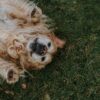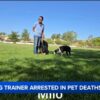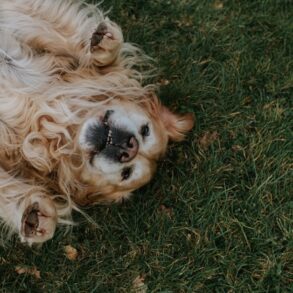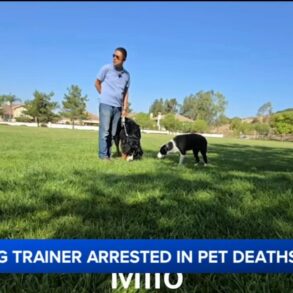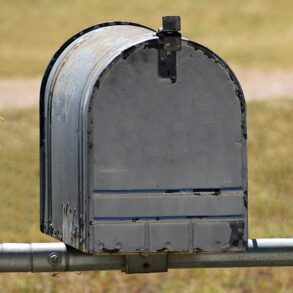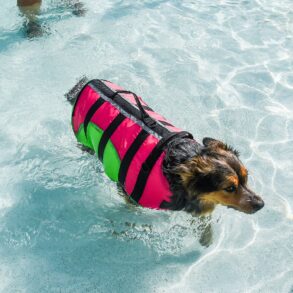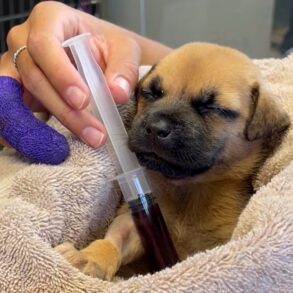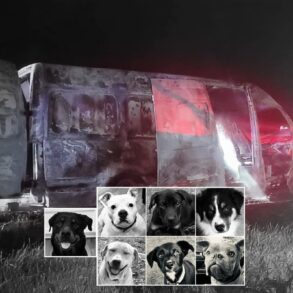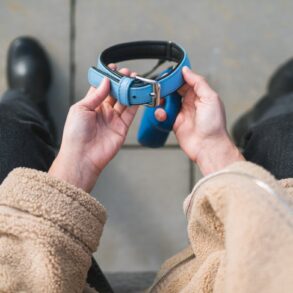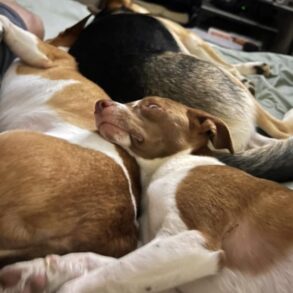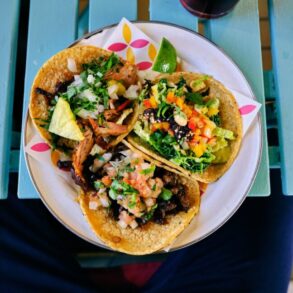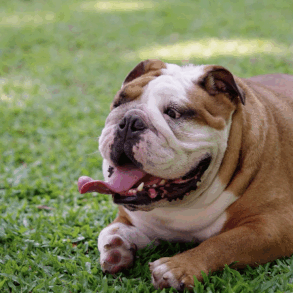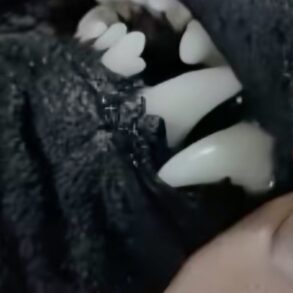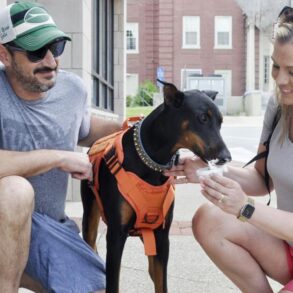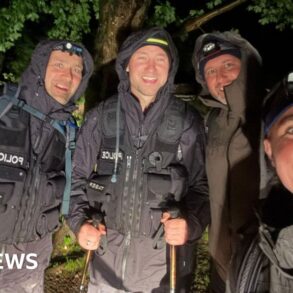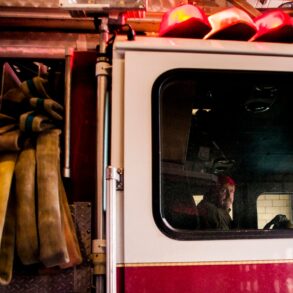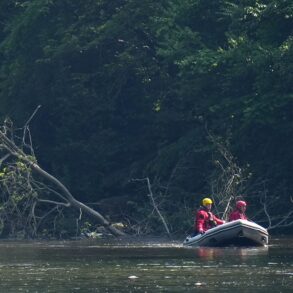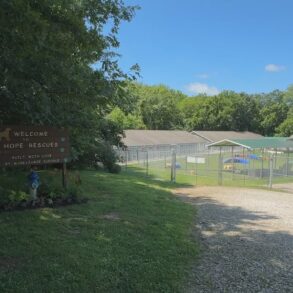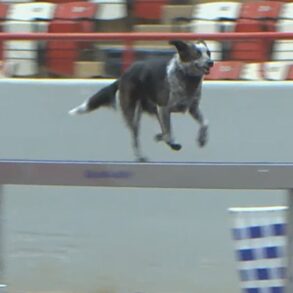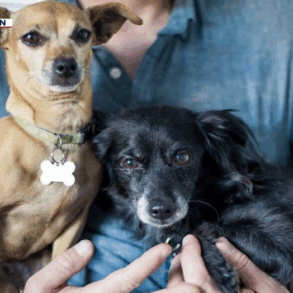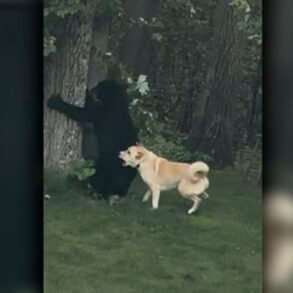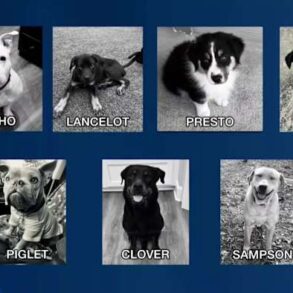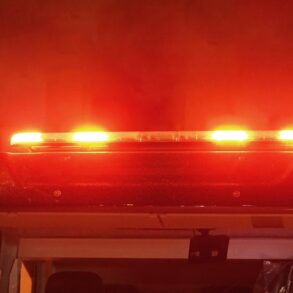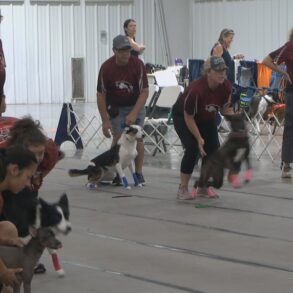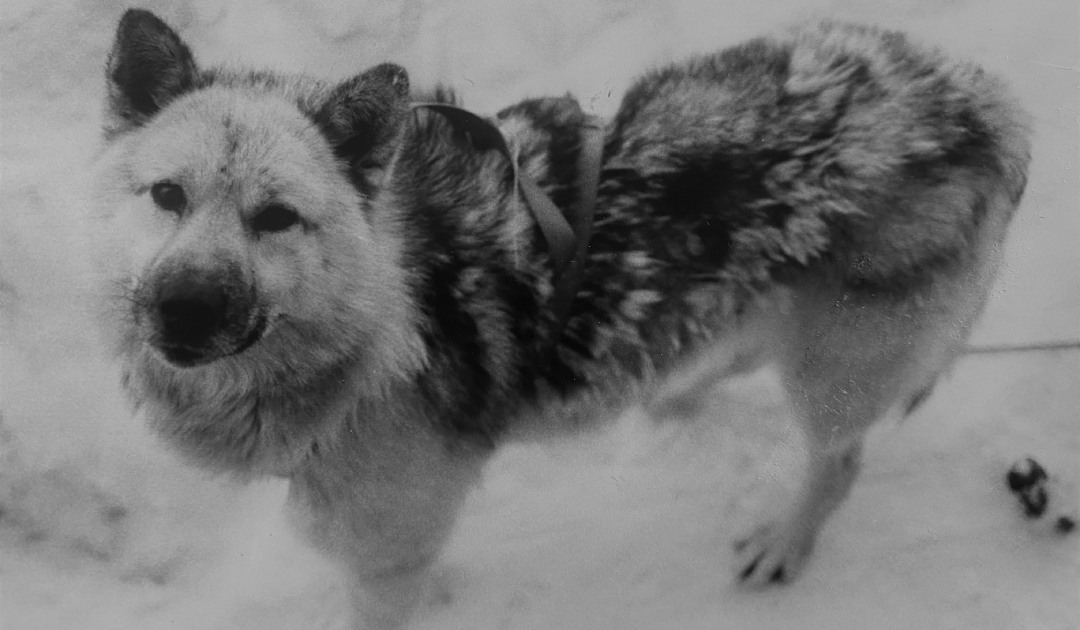
A new study shows how a practice which had almost turned into myth was, in fact, very real. It was described by early polar explorers and is still remembered by hunters in the Avanersuaq region of North Greenland.
When researcher Manumina Lund Jensen was five years old and until she was ten, she lived in Qaanaaq, Greenland’s northernmost town. In those years, she learned Inuktut, the local Inuit dialect, and made some of her earliest and most formative memories.
One of those memories was of the dog Arii (in the photo above). He was one of many sled dogs that belonged to her family in those years in the 1980s. But there was something about Arii that made him stand out.
“He was incredibly intelligent and because of that he was our lead dog, the qangarlartoquteq as we call them. He wasn’t the strongest in our dog team, but he was the most intelligent one, so he was a natural in that role,” Manumina Lund Jensen told Polar Journal AG.
“My father would always fall asleep when sledding and let Arii lead the dog team. And when my father was sledding on uneven, ridged ice, Arii would sometimes lead the dog team to the ice foot to see if the sledding conditions were better there. Arii was just a different breed,” she said.
And Arii’s heightened intelligence was not a coincidence.
Because Arii’s father was a dog which belonged to local hunter Moses Petersen. His grandfather was the hunter and sled dog traveler Eko Pilok, and his father again was a shaman named Pualuna, who traveled with Robert E. Peary on his Arctic expeditions.
Both men were known to engage in an age-old practice in the Avanersuaq area: they were breeding their dogs with wolves. It meant that Arii had wolf blood in its veins.
“Arii was a different breed. I loved him so much. I still get emotional and get tears in my eyes when I think about him,” Manumina Lund Jensen said.
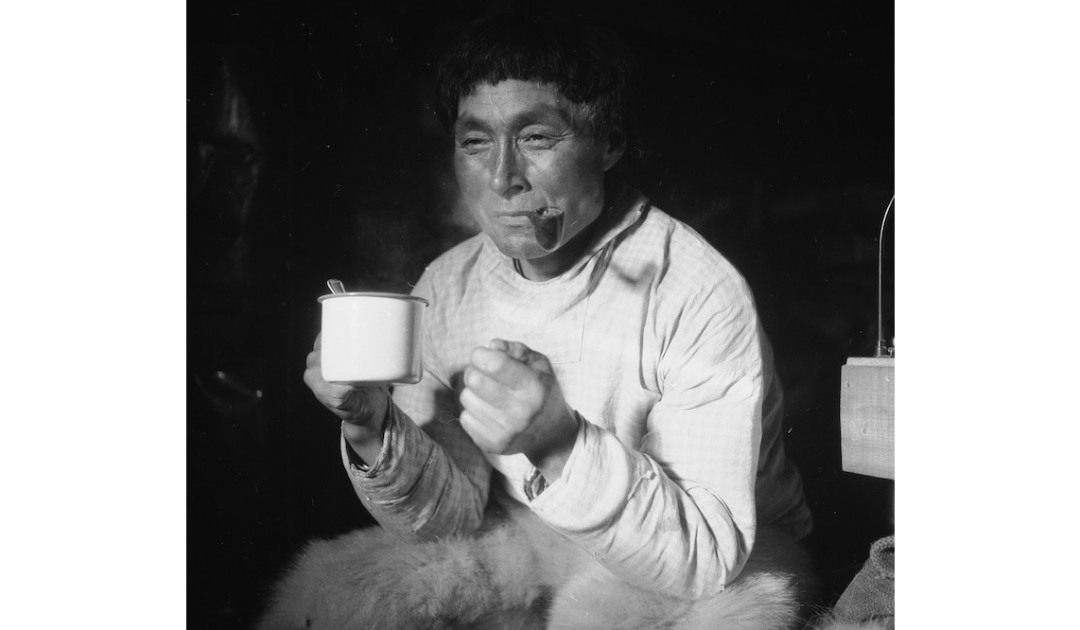
Turning into a myth
After Manumina Lund Jensen grew up she became a researcher at the University of Greenland in Nuuk. As a cultural historian she studied the Greenlandic sled dog from an intangible cultural heritage perspective and did work on climate change surveys.
Through it all, she always remembered her childhood dog Arii.
And a few years ago, the memory of Arii and the other dogs in the team suddenly became relevant to her work life. At the time, many people she spoke to thought the practice of breeding sled dogs with wolves was nothing but the stuff of legends.
This surprised her. The practice that had seemed so commonplace during her childhood was now almost forgotten.
“It was when I heard that the practice was turning into a myth that I decided that I needed to do a study about it,” Manumina Lund Jensen said.
And that she did. She did archival work in Nuuk and Copenhagen, read through old newspapers, accounts from local people, scientists, and Polar explorers. And not least did she conduct 45 interviews with relevant stakeholders, 22 of which were with inhabitants and knowledge-keepers in hunting communities in the Avanersuaqarea.
To describe the knowledge she gathered in these interviews she uses the word ‘unikkaat’, a Greenlandic word that describes oral traditions and cultural heritage passed down through generations. The hunters known to have bred wolfdogs were born before literacy and were brought up to be hunters in an extreme environment. To preserve their knowledge, they required ‘unikkaat’.
Her study was recently published in the scientific journal Études Inuit Studies, and it provides solid evidence that Manumina Lund Jensen’s childhood memories are, indeed, true. That Arii’s wolf-blood was more than a myth.
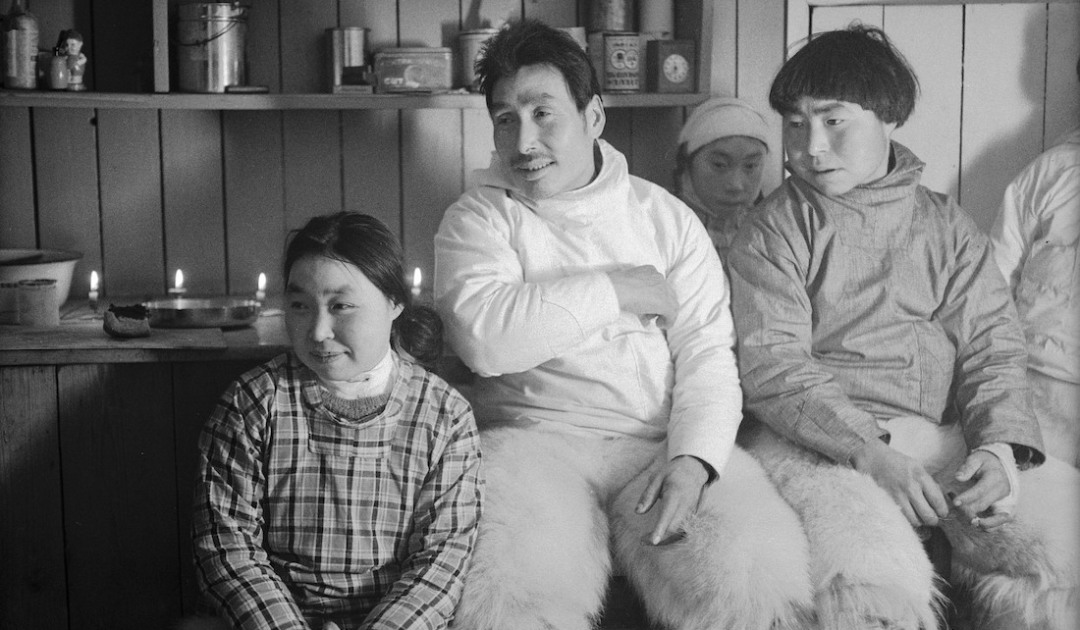
Left alone in the wild
An important conclusion in the study is that the people who bred their dogs with wolves were extraordinary dog sledders. To be able to breed dogs with wolves, they needed to travel far and wide into the land their ancestral hunting territory of Umingmak Nunaa (Muskox Land), known today as the Canadian territory of Ellesmere Island.
It was here that Arctic wolves were known to roam.
“These men made a huge difference, not only for their communities but also for the exploration of the Arctic,” Manumina Lund Jensen said
One of these great men was Nukagpiánguak Imerârssuk who joined Arctic expeditions of Donald Baxter MacMillan, Lauge Koch, and others.
In the 1920s and 1930s, he and his son Sakæus Hendriksen also worked for a time for the Royal Canadian Mounted Police on Ellesmere Island. Here, according to one of their (great) grandchildren Nukagpiánguak Hendriksen – whom Manumina Lund Jensen interviewed in her studies – both father and son would breed their dogs with wolves.
According to this ‘unikkaat’, one among many in the study, the female dogs would be left alone in the wilderness. When the dogs were in heat, they would be tethered in areas known to be frequented by wolves. They would be left there with enough meat to survive for about a week.
And when Nukagpiánguak and Sakæus came back, if luck would have it, the dogs would be pregnant with half-wolf cubs.
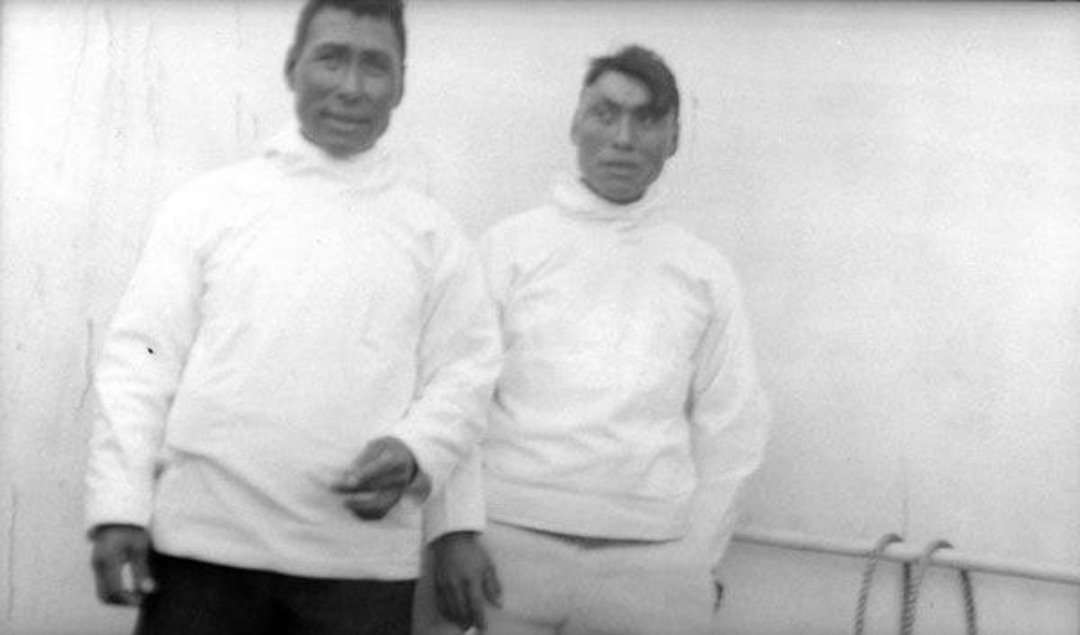
First generation not used
According to Manumina Lund Jensen, the first generation of wolfdogs were not used as sled dogs.
She cites a quote from zoologist Magnus Degerbøl and the Arctic explorer Peter Freuchen, who wrote that the 50/50 wolfdogs would grow up to be “large, powerful, and ferocious”. They had the fault, however, that “their forelegs were too long”, so when they struck uneven ice, they would fall over.
This anecdote was confirmed to be the standard by the hunters in Avanersuaq who Manumina Lund Jensen interviewed. Instead, they told her, the second and third generations of wolfdogs, dogs like Arii, were ideal sled dogs.
From their wolf ancestors they had inherited traits like intelligence, aggression, fearlessness, strength, and a keen sense of smell. But keeping the percentage of wolf-genes relatively low meant that the dogs would also be obedient enough to be sled dogs.
And what were the first generation of wolfdogs used for? Well, according to Manumina Lund Jensen, these aggressive, intelligent and fearless dogs would have been ideal for hunting polar bears, a common practice in North Greenland.
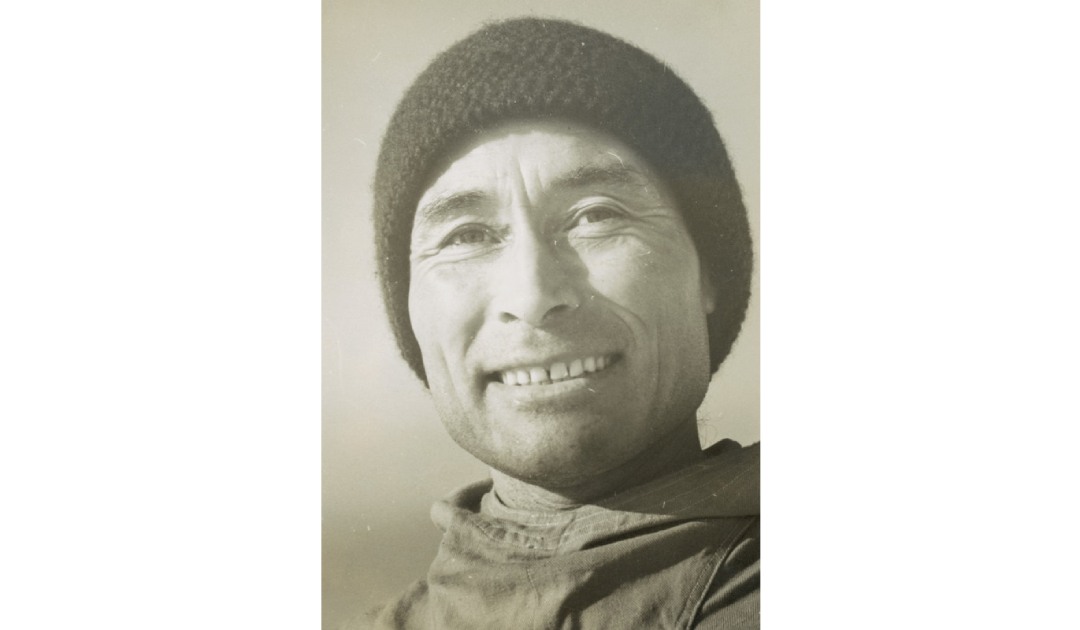
Not confirmed by genetic study
Part of Manumina Lund Jensen’s recent study also looked at the genetics of sled dogs. This part was conducted by her collaborator Mikkel Holger Strander Sinding who is a geneticist at the University of Copenhagen.
Surprisingly, the study of genetics showed no recent signs of wolf genes. Only a small amount of genes from a 9500 BC wolf were present in the data. Mikkel Holger Strander Sinding explained this discrepancy with limited data.
In the genetic data, only a few of the dogs were from Avanersuaq, North Greenland, while most of the dogs surveyed were from further south. This indicates that the interbreeding practice was particular to the Avanersuaq area where Arctic wolves are also more common.
Now, there is hope that genetic studies of more northern dogs can be undertaken. Studies that should confirm Manumina Lund Jensen’s results. Results that did not only help her understand the origins of her childhood dogs, but research that can be used for people across the world to understand the possibilities of human relationships with animals.
Or, as Manumina Lund Jensen herself puts it:
“This practice, passed down through generations, has had a profound and lasting impact on both the dogs’ behavior and the hunters’ lives. It exemplifies a unique symbiosis between humans and animals,” she said.
Ole Ellekrog, Polar Journal AG
More on the topic:
This post was originally published on this site be sure to check out more of their content.


